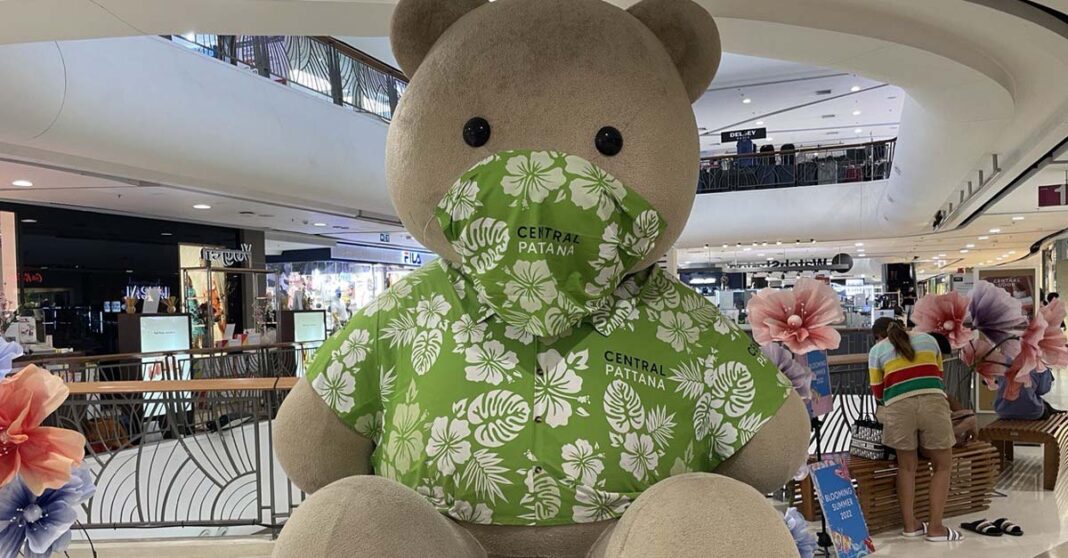Businesses in northeastern Thailand have noted that cross-border trade has been slow to recover following the reopening of borders with Laos, with improved domestic retail options and a shift to online shopping keeping Lao people at home.
Nong Khai, a northeastern province bordering Laos, has witnessed a shift in trade and tourism since the Covid-19 pandemic, despite a long history as a retail and holiday destination for residents of Laos.
Hopes that shoppers and vacationers from Laos, including the expatriate community, would return in full force have been dashed as retailers in the region note sluggish trade.
Duangchai Soukkasemsinh, Vice President of the Nong Khai Chamber of Commerce, told Thai media that following the Covid-19 pandemic, fewer visitors from Laos have been recorded than expected.
“Prior to the Covid-19 pandemic, border trade between Nong Khai Province and Vientiane Capital was booming,” she said.
“In the past, Lao people regularly drove their own private vehicles across the Friendship Bridge into Nong Khai, and on to Udon Thani or even Khon Kaen Province,” she said.
“Lao people even took longtail boats across the Mekong River. They purchased groceries, fresh food, and agricultural produce at Nong Khai markets for consumption at home,” says Duangchai.
Visitors from Laos would even drive beyond Nong Khai to the shopping malls, supermarkets, and even the hospitals of Udon Thani. They would sometimes park overnight at Udon Thani International Airport and fly to other parts of Thailand.

However, after Laos found itself effectively cut off from Thailand for two years while borders were closed during the Covid-19 pandemic, new habits formed.
With transportation and logistics more or less unaffected by the pandemic, Lao people found themselves making online purchases more regularly. E-commerce platforms such as Lazada and Shopee rose to prominence, with products shipped to Nong Khai and couriered across the border to customers in Vientiane Capital and beyond.
Duangchai also noted that foreign investment has increased in Laos, bringing new shopping options, such as the Vientiane Center and Parkson shopping malls, and better medical facilities, including the new Kasemrad International Hospital.
In terms of infrastructure, the Vang Vieng Expressway and the Laos-China Railway have provided greater convenience for domestic travel in Laos, with campaigns such as the Lao Thiao Lao domestic tourism initiative injecting renewed and prolonged interest in travel at home.
So it is little wonder that after reopening, fewer Lao people are making the trip across the border than before, while the expatriate community in Laos continues to face barriers such as restrictions on the number of yearly land entries into Thailand.
Meanwhile, economic woes have chipped away at the incomes of families in Laos, even as the effects of the pandemic subside. While fuel shortages have been given a reprieve, rampant inflation and a weakened local currency have made spending in Thailand much more difficult.
A new World Bank report says critical near-term challenges for Laos include restoring macroeconomic stability, improving economic inclusion, and protecting its people against environmental and economic shocks.
But if – and when – Laos recovers, spending habits may have changed for good.
“In the future, Thai people may cross from Nong Khai and Udon Thani to go shopping in Vientiane!” Duangchai remarked.



